Learn how transformers work, how to create a magnetic field with electricity, why only an alternating current can be used in transformers, how a basic transformer works, step up and step down transformers and finally three phase transformers. This article follows on from our series on electrical engineering, so do check out the other articles HERE if you’ve not done so already.
Scroll to the bottom to watch the YouTube tutorial
Remember Electricity is dangerous and can be fatal, you should be qualified and competent to carry out any electrical work
Transformer Basics
There are two types of electricity; AC and DC, but transformers can only work using AC or alternating current. Now if you don’t know the difference between these two, then please first of all, read the articles on electricity basics first. Do check those out HERE. When we connect an AC generator to a closed loop of cable, a current will be able to flow through this cable and the direction of the current will alternate backwards and forwards with the rotation of the generator.
How does this work?
The alternation means that the current reaches it’s maximum and minimum point during the cycle, which gives it its sine wave pattern when connected to an oscilloscope. You can think of this as the tide of the sea; as it changes direction and reaches its maximum and minimum point. As the current flows through the cable, it will admit a magnetic field. If we passed DC current through the cable, the magnetic field will remain constant, but if we pass AC current through the cable, then the magnetic field will increase and decrease in strength and changes polarity as the current changes direction.
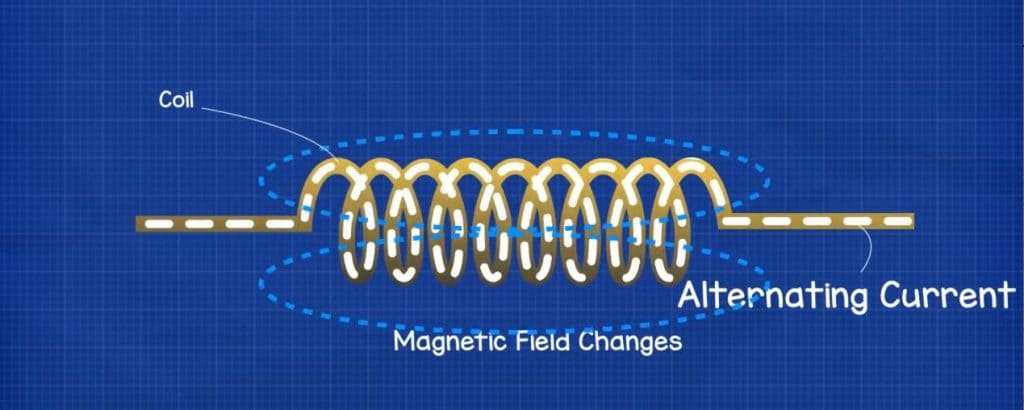
If we placed multiple cables together and pass current through them, then the magnetic fields will combine to create a stronger magnetic field. If we then wrap the cable into a coil, the magnetic field will become even stronger. If we place a second coil in close proximity to the first coil and then pass AC alternating current through the first coil, then the magnetic field it creates will induce a current into the second coil and this magnetic force will push and pull on the free electrons forcing them to move.
Electromotive Force
The key component here is that the magnetic field is changing polarity as well as intensity. This change in intensity and direction of the magnetic field constantly disturbs the free electrons in a secondary coil and this forces them to move. This movement is known as electromotive force or EMF.

Electromotive force does not occur when we pass the DC current through the primary coil, and that’s because the magnetic field is constant, so the electrons are not being forced to move. The only time it will cause EMF is very briefly when the primary circuit is opened and closed or when the voltage is increased or decreased. And that’s because these actions result in a change to the magnetic field. Therefore, we use alternating current as this change occurs constantly.
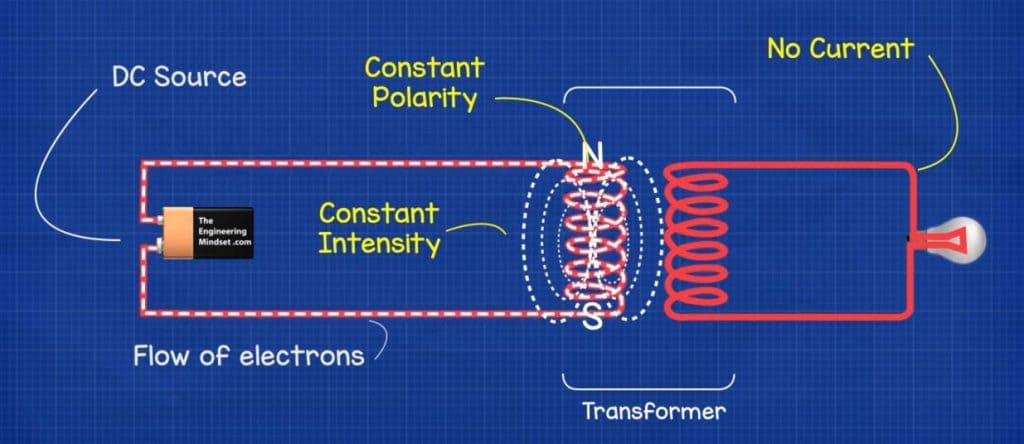
Now the problem with this setup is that a lot of the magnetic field from the primary side is being wasted because it’s not in range of the secondary coil.
How Do We Fix This?
To fix this, engineer’s place, a core or ferromagnetic material such as iron, in a loop between the primary and secondary coils. Now this loop guides the magnetic field along a path to the secondary coil so that they will share the magnetic field and this makes the transformer much more efficient.
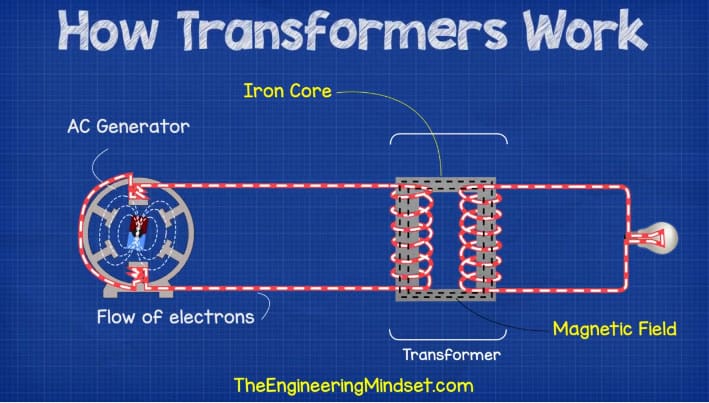
Now the use of an iron core is not a perfect solution. Some energy will be lost with something known as Eddy Currents where the current swirls around the core and this heats up the transformer which means that the energy is lost as heat. To reduce this, engineers use laminated sheets of iron to form the core and this greatly reduces the Eddy Currents.
Step Up And Step Down Transformers
Transformers are manufactured to be step up or step down transformers and these are used to increase or decrease the voltage simply by using a different number of turns within the coil on the secondary side. In a step up transformer, the voltage is increased in the secondary coil and this will mean that the current will decrease, but don’t worry too much right now about why that occurs. We’ll look at this in a later electrical engineering article. To increase the voltage in a step up transformer; we just need to add more turns to the coil on the secondary side than the primary side. In a step down transformer, that voltage is decreased in the secondary coil, which means that the current increases. To do this, we just use less turns in the coil on the secondary side compared to the primary side.
For example, a power station needs to transport the electricity it has generated over to a city some distance away. The power station will use a step up transformer to increase the voltage and reduce the current as this will reduce the losses for the long transmission cables. Then once it reaches the city, this will need to be reduced to make it safe and usable by buildings and homes, so there will need to be a step down transformer. The transformers for commercial buildings and power stations are usually in a three phase configuration. You’ll see these placed around your cities and towns and they’ll look something like this.
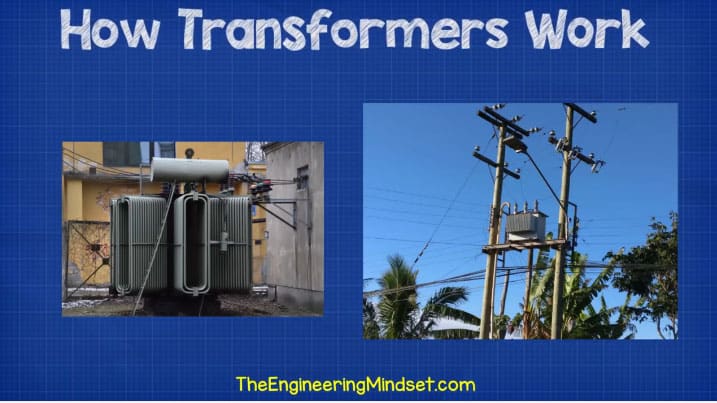
These three phase transformers can be made from either three separate transformers that are wired together or they can be built into one large unit with a shared iron core.
In this setup, the coils will typically sit concentrically within one another with the higher voltage coil on the outside and the lower voltage coil sitting on the inside. Now these coils are insulated from one another so that only the magnetic field will pass between the two coils. To connect the two sides, there are many different configurations, but one of the most commonly used is to connect the coils in a configuration known as Delta Wye, sometimes referred to as Delta Star. This refers to the primary side being wired in a Delta configuration and the secondary side being wide in a Wye configuration. The centre point of the Wye side where all three connectors meet is often grounded, which allows for a neutral line to also be connected.

We’ll cover transformer connections and calculations in other more advanced articles as this can get quite complex. So for now, simply focus on how they work to build your base knowledge.

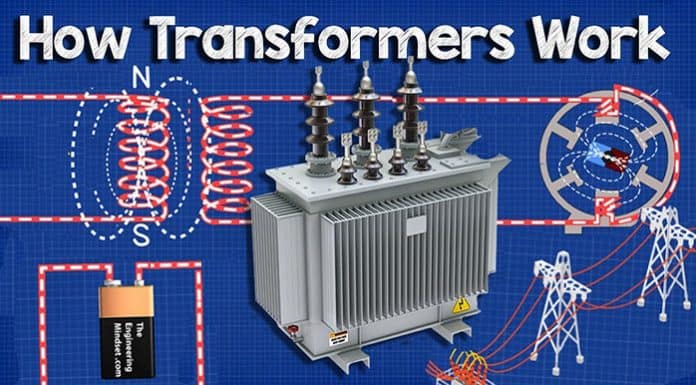




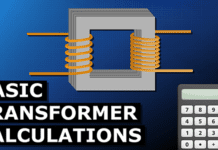
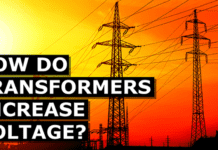
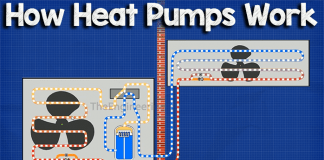
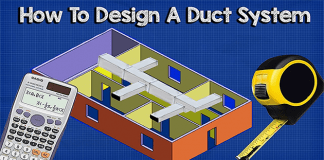
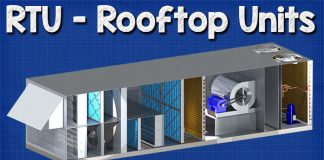
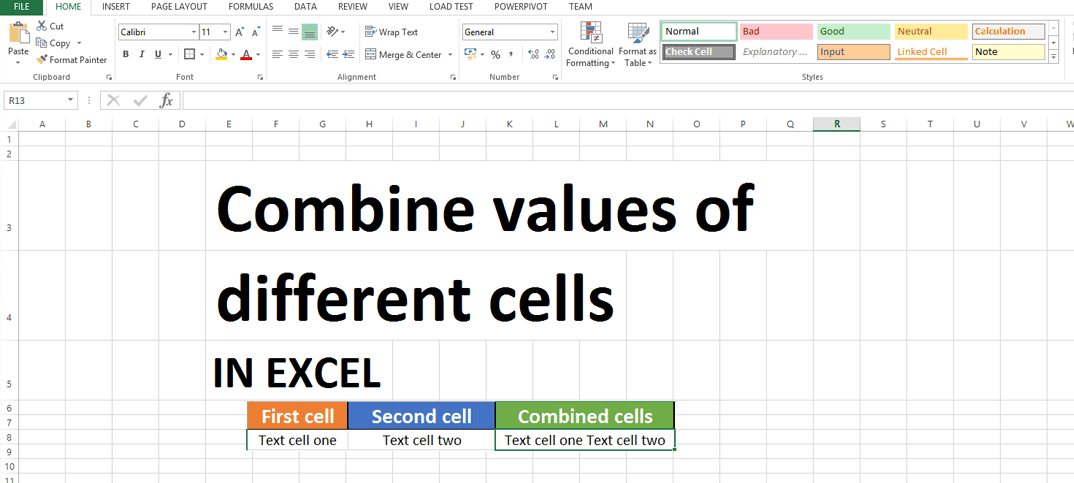

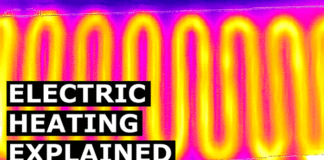
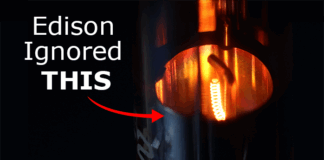







Excellent visual videos. Easy to follow along and understand. Any chance there will be Back/Boost Transformer/ Autotransformer videos coming up in the future? Also, would love to see something on Capacitance and inductive reactance and related topics. Thanks again for great videos!
Excellent videos- great visual understanding. Easy to follow along and understand. Any chance there will be Back/Boost Transformer/ Autotransformer videos coming up in the future? Also, would love to see something on Capacitance and inductive reactance and related topics. Thanks again for great videos!
Wow – beats the heck out of the dry static text book explanations and pictures I’ve been using. One 5 min video kind of rips through an entire 20 page section of text, and details the concepts in a more understandable format to retain.
Curious if you may have an explanation on Selsyn motors. I’d love to see the animation of how the magnetic fields are shown and couple into the fixed stator coils to replicate the remote motors rotor position. This is so hard to verbally explain, and there are few videos out there that demonstrate the phenomena.
Hi, can you please share an advanced video of transformer about the calculation, neutral point, earthing, OLTC, the impedance value, relays,
I didn’t realize that power transformers only work with AC power. I also liked how you mentioned that the power surges come in like a tide from the sea, going up and down constantly. My sister has always wanted to go into electrical engineering. I wonder if she has started learning about AC and DC power.
did this at a friends house and blew out all his power